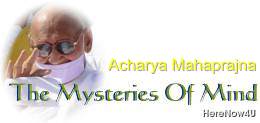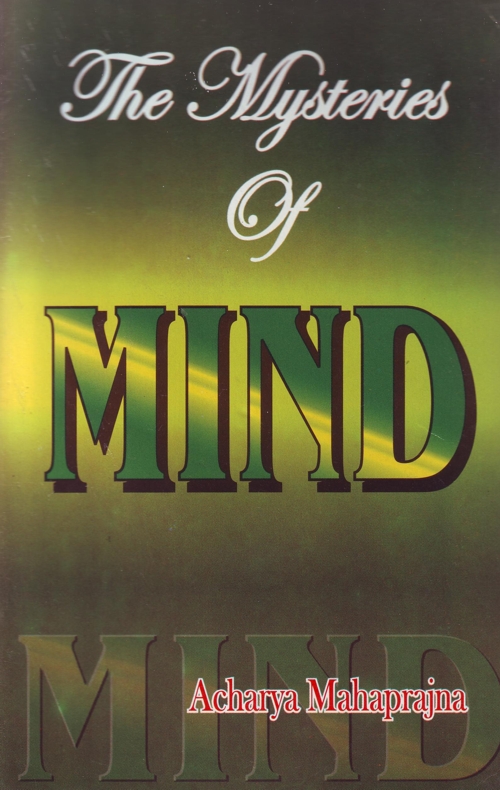
- Two areas of consciousness
- Sense-consciousness
- Mind-consciousness.
- These areas are an interconnected duality.
- There are five dualities:
-
-
- Gain and loss
- Pleasure and pain
- Life and death
- Praise and blame
- Respect and disrespect
-
- Equanimity is the third area.
- This is the tail end of spiritual development.
- This is consciousness with duality.
The beginning and the end are parts of a single process. They do not happen simultaneously but are interconnected. The beginning comes first and the end last. Before we begin something, we have an idea of what is going to be the outcome of our effort. Those who begin it without having thought of its consequences are not wise. The spiritual practitioner should also have an idea of what is going to be the outcome of his exertion. Sadhana cannot be planned and performed without such an idea.
Freedom from all kinds of tensions is the first ideal to be achieved by sadhana. A practitioner who enters sadhana, devotes his time to it, and begins to exert himself will come to feel that his tension is being reduced. It is a fact that kayotsarga is a foolproof means of reducing and eradicating tensions. Tensions disappear as soon as kayotsarga has begun. The two cannot go together. Those who have practised kayotsarga or relaxation of the body, who have tried to give up being egocentric and who have tried to break the Gordian knot of mental complexes have felt that their bodies have become light and free from physical tension. What is important and significant is the lessening of the burden of the mind. This is evident achievement of the practice of kayotsarga.
The Acaryas (preceptors) of Yoga are of the opinion that those who join sadhana must be given some experience in the beginning of it. Such an experience strengthens their faith in sadhana.
A guru who simply preaches is not a real guru. The function of the true coach is not only to explain but also to give the practitioner a feeling and an experience. Talks and discussions play a minor role in sadhana. The main thing is whether 'the coach can enable the disciple to have his own experience; sadhana is the practical aspect of self-knowledge. In scientific investigations theory has to be tested by experiments or experience. If the practitioner is hardened with a theory from the very beginning, he will be confused in practice. Our minds are already overburdened with all kinds of theories'. An additional burden will add to their confusion. Sadhana aims at making the mind and the body light. It is direct personal experience, which matters. The practitioner must investigate, experiment and experience everything in his own way. Theory is meant forgiving a particular direction so that the mind may become clear of all doubts and misgivings. Practice is more important than theory. Theory is grey; evergreen is the tree of life.
Kayotsarga is the first step in sadhana. It aims at reducing tensions. The second stage consists in wakefulness. The mind has to be enlightened. An enlightened mind will function in the most satisfactory way.
In the process of body perception we try to invert the mind. However, it is the nature of the mind to wander aimlessly. But once it has been enlightened, it can be easily controlled. It is not, by its very nature, wakeful or self-conscious. The self cannot be manifested unless the mind has been enlightened. When the mind sleeps every thing else sleeps. When the mind is enlightened, everything else becomes enlightened.
 Acharya Mahaprajna
Acharya Mahaprajna

